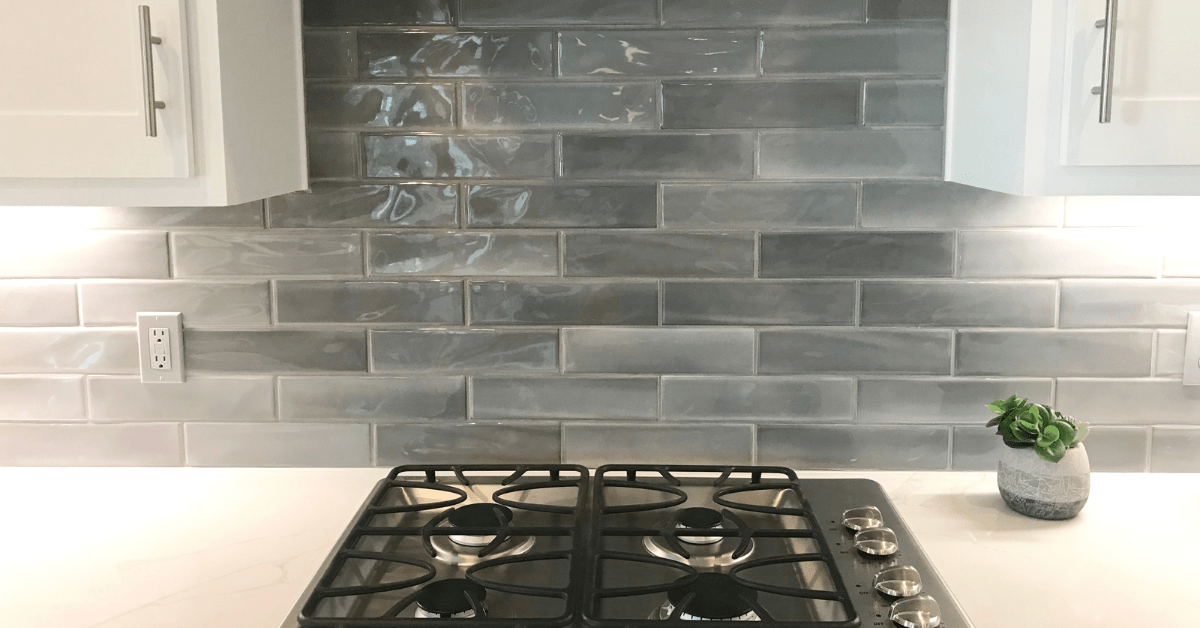Planning for a Distant Future

A couple nights ago I watched the PBS documentary Containment, a sobering look at the practicalities and uncertainties of dealing with nuclear waste. The film bounces back and forth between a few places around the world ? a nuclear weapon facility in South Carolina, an underground burial site in New Mexico, and Fukushima, Japan ? but of interest here are the speculative designs of artists, architects and other experts on "imagining society 10,000 years from now in order to create warning monuments that will speak across time to mark waste repositories."
["Landscape of Thorns" | Image: Screenshot from Containment]
Architect Michael Brill, who died in 2002, was one participant in a 1991 study commissioned by the US Department of Energy through the Sandia National Laboratory. In Brill's words, "DOE wants to make a permanent warning at this burial site of its dangers, to help prevent inadvertent release of radioactivity into our descendant's food chain, water supply, and air. The warning must endure, be found and unÂderÂstood." But without any guarantee that our languages would be around in 10,000 years (a duration based, I'm guessing, on the half-life of radioactive elements), something besides warning signs are necessary. Therefore Brill and his team focused on "a multi-modal communication system," a "'natural language' of form," and "endurÂing phenomena shared by all human beings?-things that are species-wide now, ...
| -------------------------------- |
| Marble powder creates seamless finish for World Interior of the Year says designer Weng Shang Wei |
|
|












